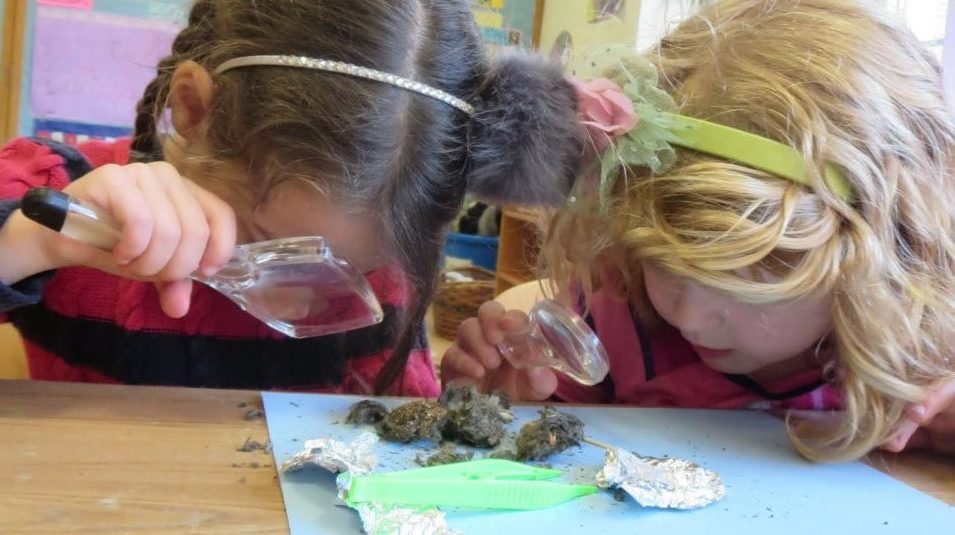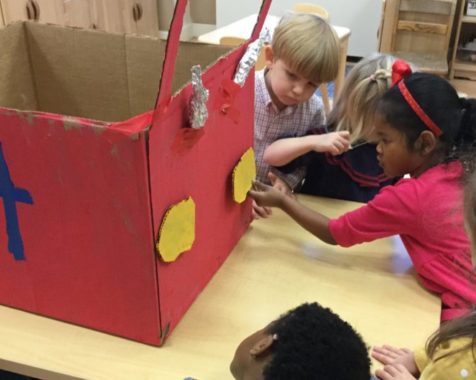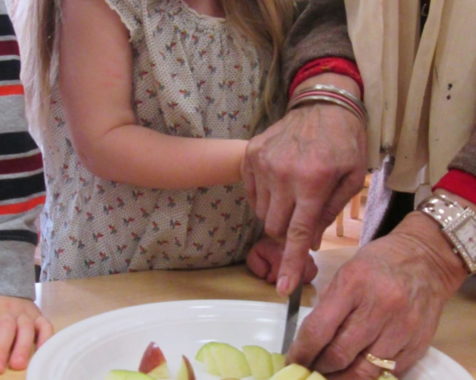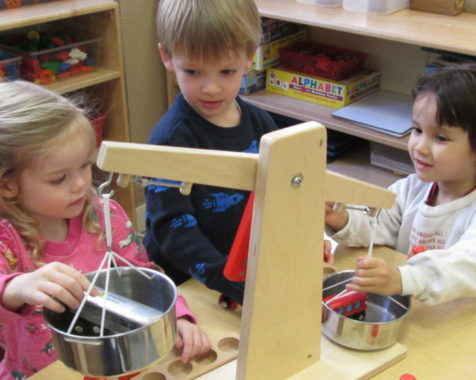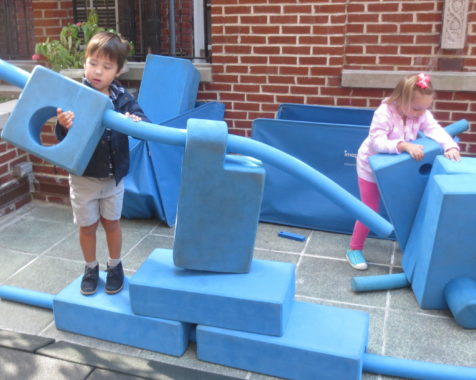At The Brick Church School, children engage with a wide range of science topics, tools, and materials. They discover acorns and autumn leaves in Central Park, test the properties of ice or magnets, grow and observe plants, and explore what it feels like to be a pretend dinosaur or astronaut. Teachers provide materials for children to experiment with, share information through books and other media, set out magnifying glasses or binoculars to promote careful observation, and plan art projects to stretch children’s understanding and assess their knowledge. Our students leave Brick with an age-appropriate understanding of how the natural world works, and with the curiosity and confidence to find out more.
Our young scientists do much of their learning through project work. A topic is addressed in many different ways over weeks or months; experiments are carried out; models are constructed; and play is enriched by props such as toy polar bears or doctor’s tools. The topics come from the children or are chosen to be of high interest to them. Teachers photograph evidence of the children’s excitement and learning, recording their words and posting them for parents and others to see. The project may culminate in a field trip or a classroom museum where family members and other classes are invited to learn about the work that’s been done.
Our children need to build skills as a foundation for later academic success. They find skill work relevant and enjoyable when it’s part of a high-interest science study. For example, they sort and classify materials such as seeds, feathers, toy animals, or seashells, noticing how they are the same and different. They count, estimate, measure, and weigh, with older children using rulers, measuring cups, and balance scales. They make predictions. They draw their observations and practice using careful, descriptive language to explain their discoveries. They learn to responsibly and successfully handle tools such as eye droppers, tweezers, sieves, trowels, and flashlights, building motor control. They listen carefully to information, instructions, and safety rules. Skills children develop through science are useful across the curriculum.
